The Nokia 3310 just turned 20 years old – here's what made it special
The phone from 2000 that gets more love than any modern handset
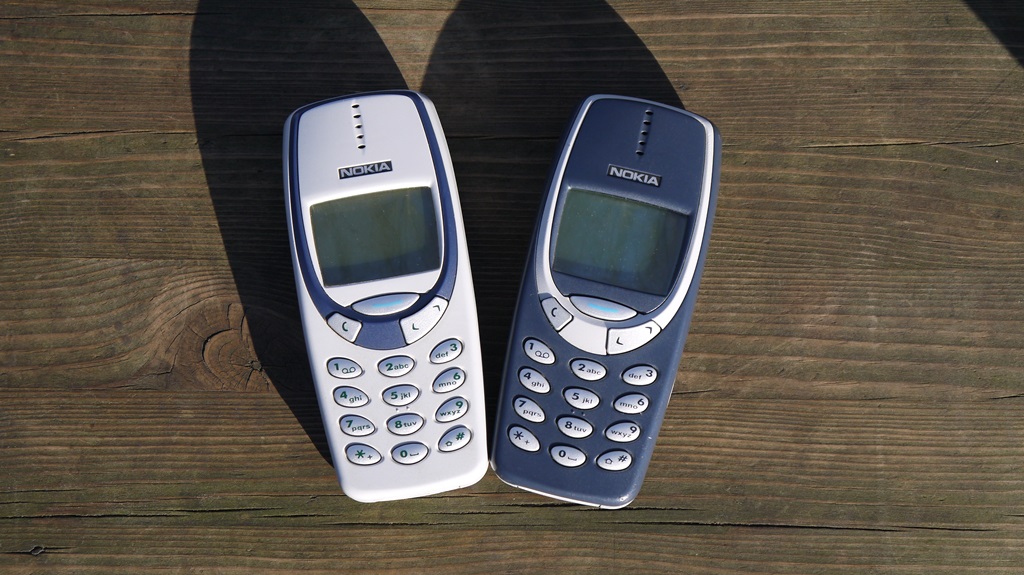
After being bought and then ransacked for its mobile phone know-how by Microsoft, Nokia as we know it is gone. But there was a shining time in the final moments of the 20th century where we saw Nokia launch a string of successful handsets that, for a while, would lead it to dominate the mobile market as a whole.
Throughout the 90s and early 2000s, Nokia's line-up of straightforward mobile phones were loved by millions and made the Finnish telecoms company synonymous with class-leading mobile technology.
The Nokia 3310 was unveiled on September 1, 2000, making the phone now 20 years old. Below we're going to take you through the Nokia 3310, and what made it so special that it's still so fondly remembered today and was even revamped in 2017 as a new handset.
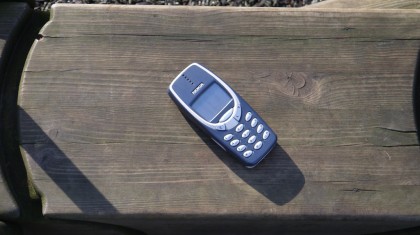
Its origin story
1996 saw the first of Nokia's 'smart' phones in the form of the 9000 communicator series that featured a data modem, internet access, email and more thanks to the built-in QWERTY keyboard and large 640 x 200 resolution screen.
It was in 1999 however, when the 3210 was born, that Nokia got the combination of price, size and features right for the mass market. The predecessor to the 3310, it featured usable SMS messaging, the beloved game Snake, and was the first affordable mobile phone to come to market with a fully internal antenna.
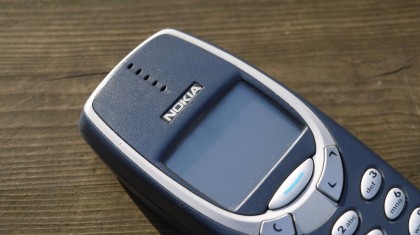

The success of the 3210 led Nokia to create the device that gets phone lovers the world over misty eyed: the 3310. This sleek, compact phone had all the features of the 3210, but in a smaller and lighter frame (133g vs 153g), many customisation options thanks to swappable front and rear panels, along with many other improvements to the internals and software.
It was the out-right resilience of this iconic handset that today puts it in the mobile phone hall of fame, that and the fact that it sold over 126 million units since its launch.
Sign up for breaking news, reviews, opinion, top tech deals, and more.
The specifications
Measuring 113 × 48 × 22 mm and weighing in at 133g, the Nokia 3310 wasn't the lightest phone around, but became well-known for feeling distinctly solid, while its smooth lines were afforded by using internal aerials rather than pointy external alternatives.
Though the display might not look much next to pixel-popping QHD screens on today's phones, the green-lit 84 x 48 pixel monochrome display was easily readable in bright light and had just enough detail to allow Nokia to add some character to the phone's UI and host playable games.
The top edge of the phone packed a wide power button, while the menu navigation is done through the up/down arrow keys, and menu selections chosen with the blue menu button.
The 'c' button acted as a 'back', 'undo' and 'delete' key, and the keypad always felt responsive - and could be easily cleaned if it didn't thanks to the removable facia.
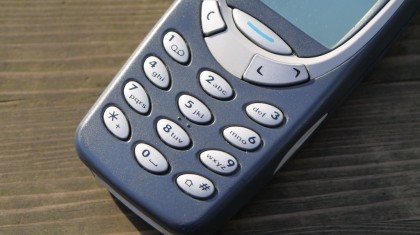
Dual band 900/1800MHz support meant it would work on any European network, and though the 900mAh NiMH battery had an official standby time of 260 hours, most users of the 3310 will attest that it seemed to last almost infinitely between charges.
Alongside these ample specifications, a SIM-limited phonebook of 250 contacts, T9 predictive text input, 35 pre-loaded ringtones (and 7 slots for your own compositions) as well as a clock, stopwatch, timer, calculator and currency converter were all the 'smart' features you could ever want, or need, at that time.
The price
Though it may not sound so incredibly cheap next to today's bumper selection of budget smartphones, the 3310 launched at £129.99 (around $160, AU$210) on a pay-as-you-go contract through the likes of Orange in the UK (now part of EE), Cellnet (BT's O2 predecessor) and One2One (which later became T-Mobile).
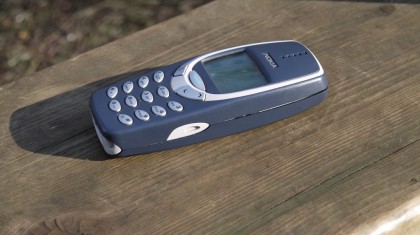
Alternatively Vodafone would let you pick one up for just £29.99 with a 12 month contract (honestly, they used to exist).
By the end of the 3310's popularity in late 2003, it was retailing for less than £45 in the new Tesco Mobile supermarket displays, and later went on to become a refurbished phone of choice to be distributed to the third world very cheaply.
The Competitors
Motorola V8088: For those looking for a compact alternative to the 3310, Motorola's V8088 was the one. It featured voice dialling, WAP web browsing and came in 4 awesome colours. On top of that, you could even set a screensaver to preserve the pixels on the 96 x 64 resolution screen. Futuristic.
Ericsson T29: The T29 came along as an update to the popular T28 flip-phone, with an improved greyscale screen and an early version of WAP internet access. You could also answer the phone by flipping open the keyboard cover, which was incredibly cool.

Sagem MC920: Those on the Vodafone network in 2000 were heavily pushed toward the MC920, by French mobile phone company Sagem. They touted loud speaker phone and vibrating ringer as its major features, but the external aerial made it look considerably 'past it' compared to the 3310.
Nokia 8850: If you were a business bod with plenty of money, you would have probably chosen the 8890 over the 3310. Its chrome accents and sliding keyboard cover were very stylish for their time, and it was also smaller and much lighter than the 3310 'brick'.
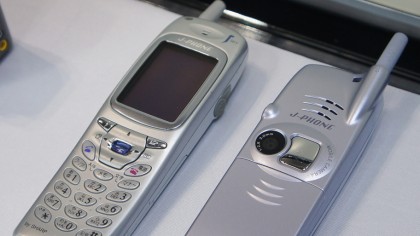
Sharp J-SH04: Meanwhile in Japan, Sharp released the 'J-Phone', the first ever camera-phone with a color screen and a 0.1MP sensor. The Sha-Mail infrastructure allowed for the first ever type of picture messaging. It was way ahead of anything Europe or America had seen.
The successors & Nokia's demise
After the obvious success of the 3310 across Europe, it went on to spawn many other siblings. These included the improved 3315 which had a blue LCD and keypad backlight, became popular throughout Asia. The 3390 and 3395 were launched as alternatives for Northern America, whilst Australia got the 3315.
In 2001, the 3330 and 3350 models brought with them WAP internet access, allowing you to download Java applets (mostly games) along with memory for a further 100 phonebook entries on the phone itself.
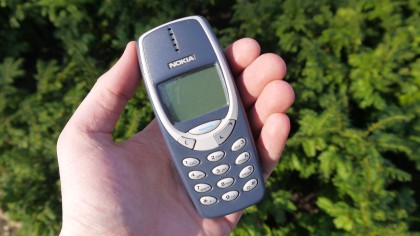
By 2005, Nokia had launched true 3G smartphones such as the Nokia N80 which ran on the Symbian-based S60 software, and for the time featured a really usable 3MP camera and a full color screen.
In December of 2008, Symbian had already started to reach its peak and with the launch of the full keyboard-toting touchscreen N97 and candybar-style Nokia 5235 a year later, next to the iPhone and early Android handsets, the operating system was really starting to show its age.
The final swansong of Symbian came in early 2012 with a 41MP camera onboard in the form of the 808 PureView, which was widely regarded to be one of the best smartphone cameras of the time.
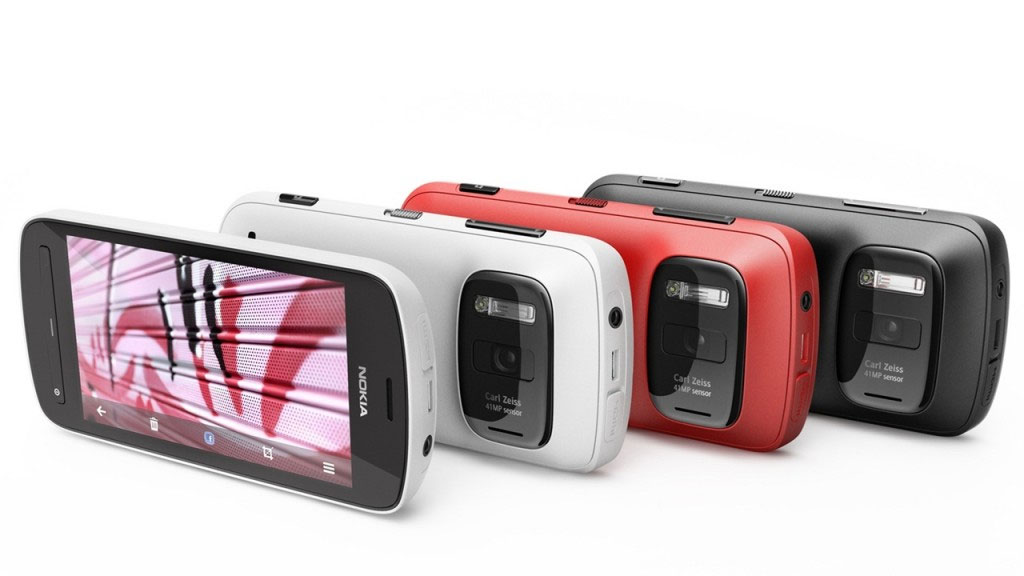
2011 saw Microsoft launch its first modern smartphone OS in the form of Windows Phone 7, which Nokia was keen to jump aboard, launching the Lumia 710 and 800 models at the Nokia World Conference in late October that year.
Many more Lumia models launched over the following two years, but with Windows Phone never quite gaining traction alongside meteoric Android and iPhone sales, on September 3 2013 it was announced that Microsoft intended to acquire Nokia's mobile business for a deal totaling over US$7bn.
After rumors of co-branded phones fizzled out, Microsoft announced in October 2014 that they had decided to phase out the Nokia branding entirely, with future Lumia models to exclusively bear the Microsoft name and Windows Phone logos.
The Nokia brand has since returned to the smartphone space through a licensing arrangement with HMD Global that began in 2017. Top-end handsets and budget phones alike now feature the Nokia branding, but these come courtesy of HMD Global rather than the original company.
Longing for the good ol' days
The Nokia 3310 was truly a giant of its time. If you didn't know someone who owned one, frankly we'd wager you were either living on the moon, or in the deepest darkest depths of Antarctica.
It was the 3310, and its predecessor that brought a truly user-friendly, notoriously robust and affordable mobile phone to users the world over, and arguably was solely responsible for the massive popularization in SMS messaging among teenagers and young adults in the early 2000s.

Without the 3310 where would we be today? Would our iPhones have pointy external antennas? Would the mobile accessory market be where it is today without Xpress-on covers? Would we be crushing candy on a daily basis without the genius of Snake?
If you've still got one of these glorious handsets tucked away in a drawer somewhere (or you gave it to your mum who is still using it), don't throw it away. You never know when you might need a phone that will survive the apocalypse. If that doesn't happen, it makes a great hammer, projectile or even body armor.
- This article was first published in March 2015